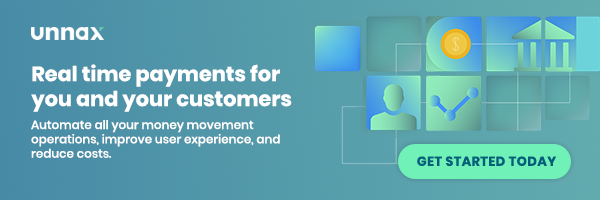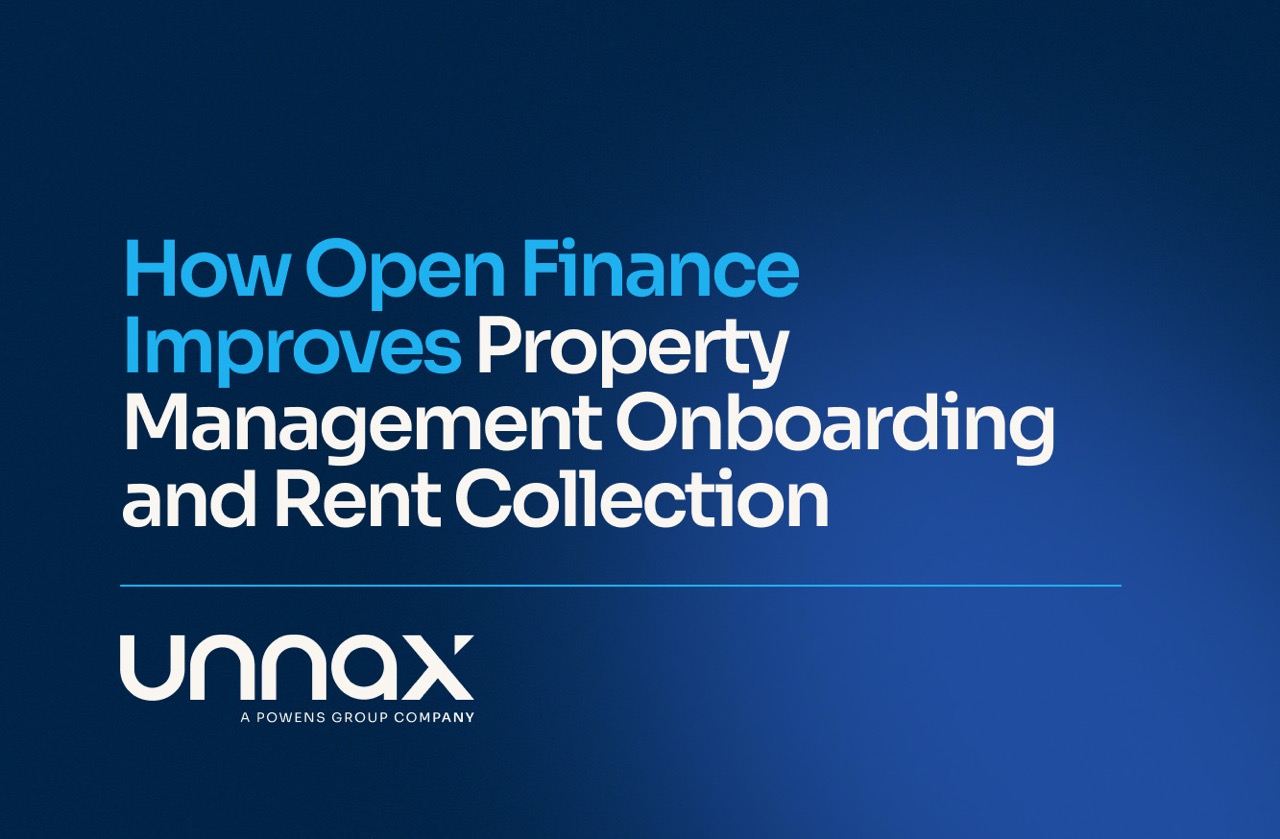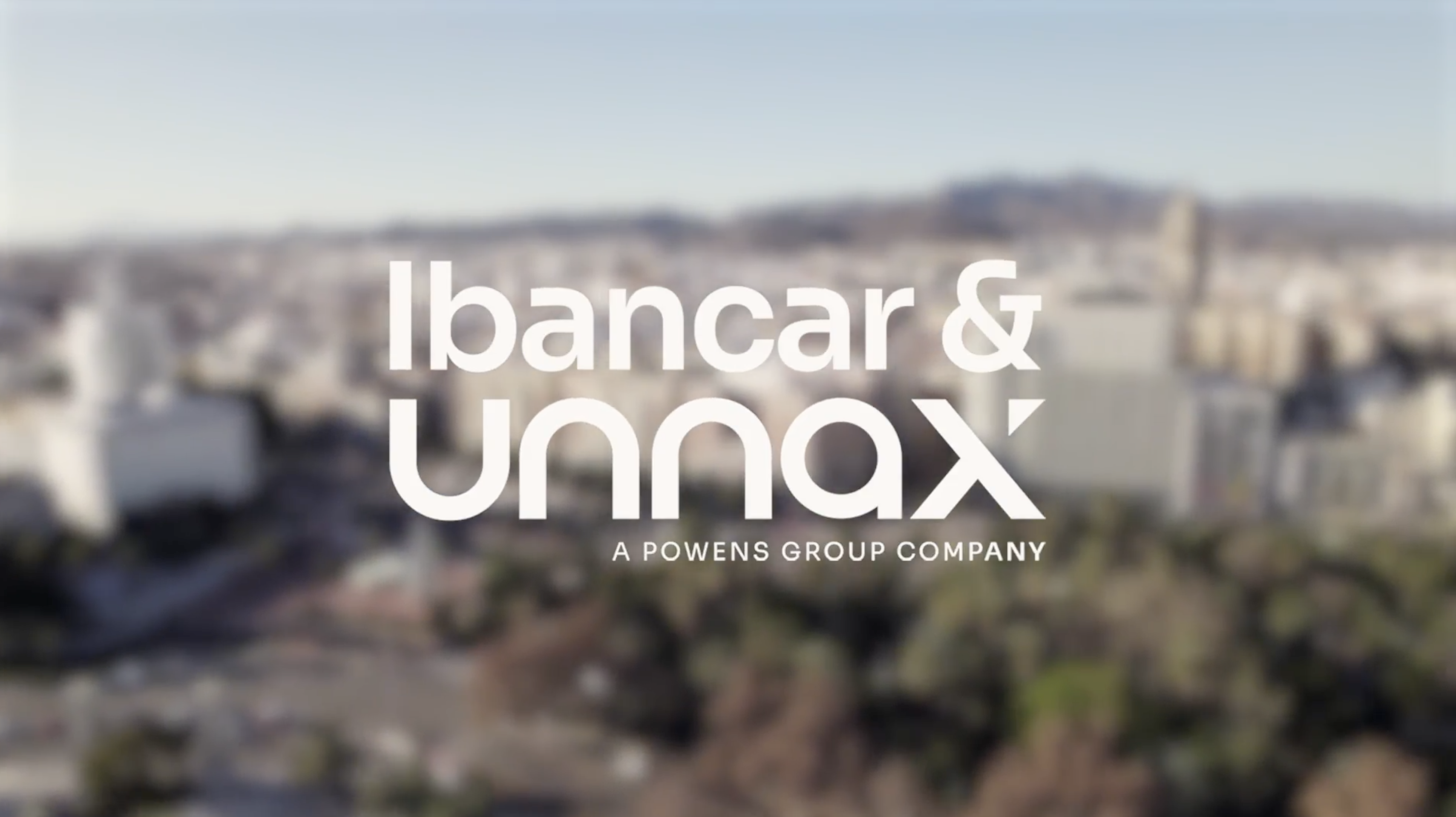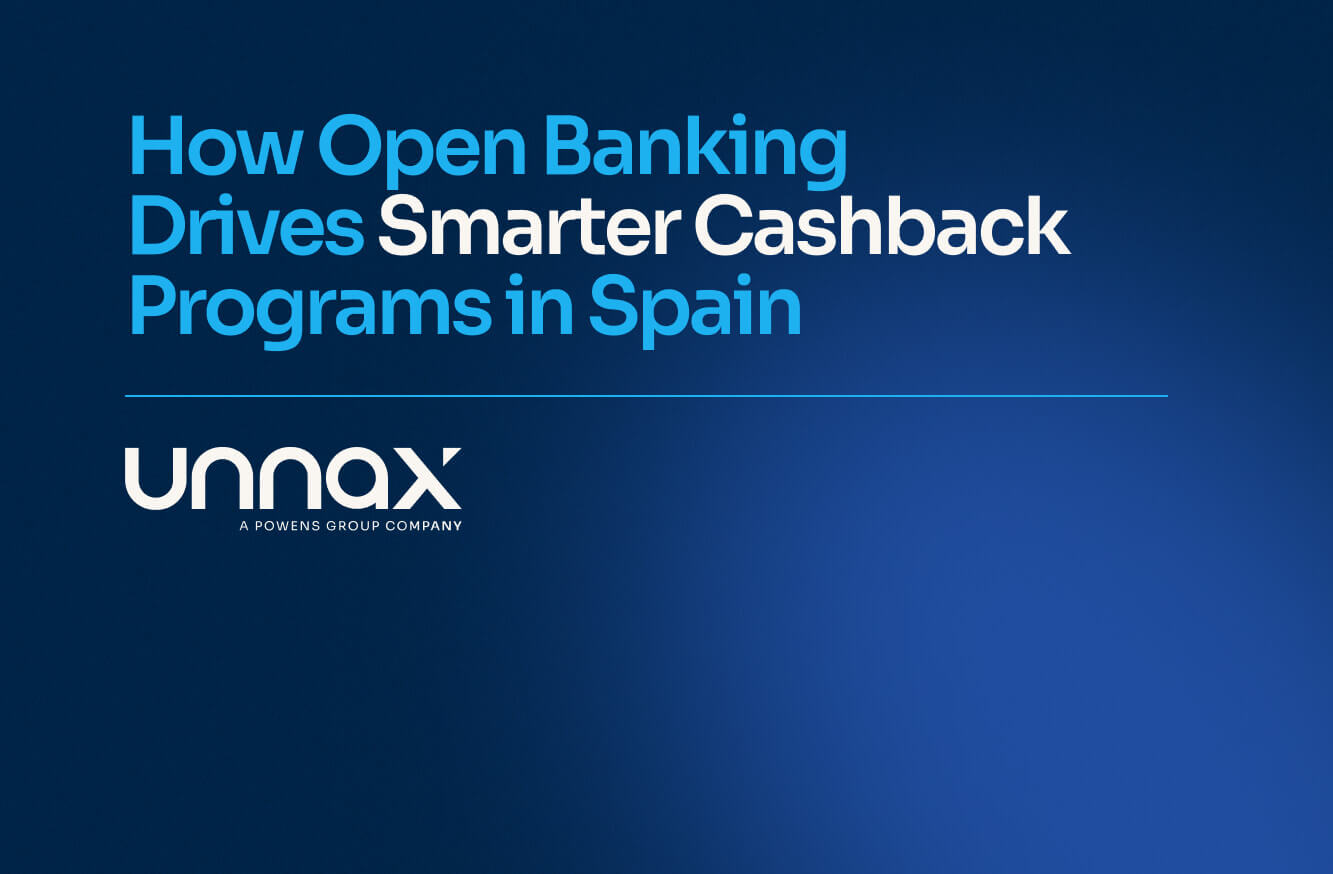To say that 2020 has been disruptive would be an understatement. The fallout from the pandemic transformed consumer habits overnight. In turn, companies had to adapt, embracing payment methods and sales channels built for a socially-distant and sanitary world quickly.
In the aftermath of the massive disruption, four main mediums emerged as the preferred online payment methods for consumers: traditional bank cards, BigTech, e-Wallets, and direct debit.
While each vertical is growing in popularity, they have their own strengths and weaknesses, attracting different buyer personas and use cases. Here’s how each of these methods compares.
Stacking Up Online Payment Options

Traditional Payment Cards
Credit and Debit cards have long enjoyed their status as the number one preferred non-cash payment method for consumers in the physical world.
Pros
Given their popularity and widespread use in the real world, consumers and merchants have little qualms about transacting with payment cards. Additionally, many consumers use cards linked to their bank accounts, giving them an extra sense of security.
Cons
Payments with bank cards can get messy for both the user and the merchant. For one, bank cards are fraud-prone, costing the industry nearly 10 billion USD last year alone. Disturbingly “Card-not-present” transactions online accounted for nearly 40% of all fraud cases in 2018.
Second, chargebacks are more common than most merchants care for. These costly reclaims take time and money, creating a bad user experience for all parties.
Third, issuing banks and credit cards charge high fees for clearing, which eats into merchants’ bottom line. Furthermore, credit transactions do not settle to merchants immediately, leaving them with long-tail account receivables, impacting liquidity.
👉 You may like: Everything you need to know about Payment Initiation
BigTech
BigTech companies like Google, Apple, Facebook and Amazon are quickly moving into the payment space. As they increase their verticals, these giants see an ample opportunity to expand their already-massive footprints.
Pros
Billions of people worldwide have an account with at least one of the BigTech companies. In turn, consumers can make effortless payments through a user account that they interact with every day. Both consumers and merchants welcome this familiarity as it reduces payment friction.
Cons
BigTech companies aren’t primarily concerned with reinventing payments. Instead, their goal is to generate financial data on users, which they then use to power their other business verticals. For online businesses, this service offers little value beyond consumer convenience.
Additionally, Google and Apple have enormous product ecosystems. To that end, offering payment solutions is more a means to funnel business into their universes than to disrupt the industry.

E-Wallets
Unlike other payment methods, e-wallets like PayPal offer UX-driven tech solutions. As a result, it isn’t surprising that e-wallets are one of the fastest-growing payment methods, particularly with millennials and Gen Z.
Pros
E-Wallets act as a secure, online way to store and spend money online. Both merchants and consumers can settle payments and disputes efficiently via an e-wallet.
The user-first approach of this medium makes topping up accounts and managing transactions initiative and habit-forming. Thanks to these features, e-wallets are the leading payment method in the United States and Western Europe. If that weren’t enough, e-wallets generate plenty of rich transaction data.
Cons
Despite their convenience to users and merchants, the sometimes high-fees can turn off online vendors. Acquiring a new user is a sales process within itself, requiring KYC and identity verification before the person can top up their account or link it to a payment card. E-wallets are still fragmented. If a merchant doesn’t accept a user’s preferred e-wallet, it might miss out on a sale.

Direct bank transfer
Direct bank transfer at online checkout is one of the newer payment methods available to consumers. Thanks to Open Banking and PSD2’s payment initiation services, connecting a merchant directly to a customer’s bank account has never been easier.
Pros
Unlike other payment options that require an intermediary, direct bank transfers move directly from one bank account to another, with both parties benefiting.
For consumers, cash moves directly, which optimizes cash flows and minimizes credit obligations. There is no need for them to pull out a credit card; rather they just log into their banking app within the merchant’s website and initiate the payment. This functionality serves two valuable purposes. For one, it gives users a heightened sense of security which builds brand trust.
Second, since merchants can build on top of a payment API, they have much greater control over the user experience. In a world where many services and goods are increasingly commoditized, UX is a competitive difference-maker.
Online merchants effectively cut out the middleman by accepting direct debits. Since the transaction never touches expensive clearing networks, companies avoid margin-damaging fees. Subscription-style services benefit the most from direct debits as it reduces both transaction costs and late payments.
Additionally, direct bank transfers bypass “card-not-present” transactions. Here, merchants need not worry about their shoppers getting redirected to a 3rd party verification page. Instead, the entire payment experience happens on-site, reducing abandonment.
Cons
As one of the newest payment methods available, direct bank transfers face some hurdles. Consumers aren’t always keen to link their bank account directly to a source they don’t fully trust, reducing conversions. The dispute process can also be burdensome to merchants as they must reconcile these claims directly, instead of relying on a card issuer.
Open Banking’s SCA protocols do provide consumers a welcomed protection layer. However, online portals should ensure that they set up direct bank transfers correctly to maximize this medium’s potential.
Open Banking: the innovative driver of online payments
The new reality of how consumers transact is changing online payments. Merchants wanting to maximize conversions should ensure that collecting payments is effortless and engaging. To that end, payment initiation and Open Banking makes online payments more efficient and cost-effective.
To take full advantage of this technology while delivering meaningful UX, merchants should work with a licensed Open Banking provider to quickly bring leading payment solutions to any online company. Given the volatility and disruption defining 2020, online merchants can’t afford to wait.










